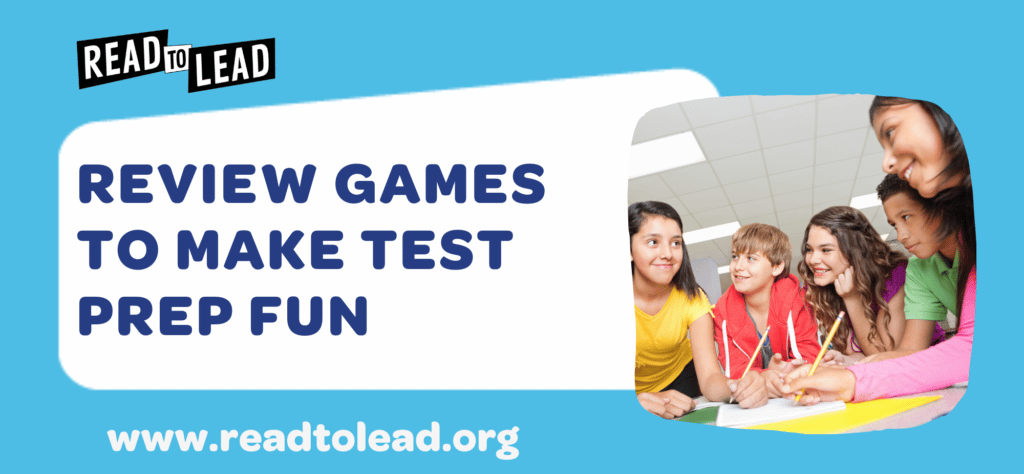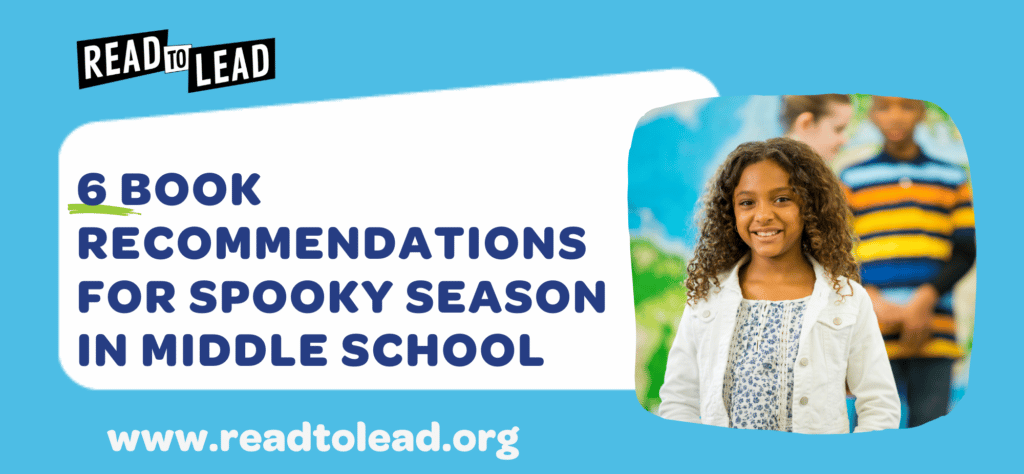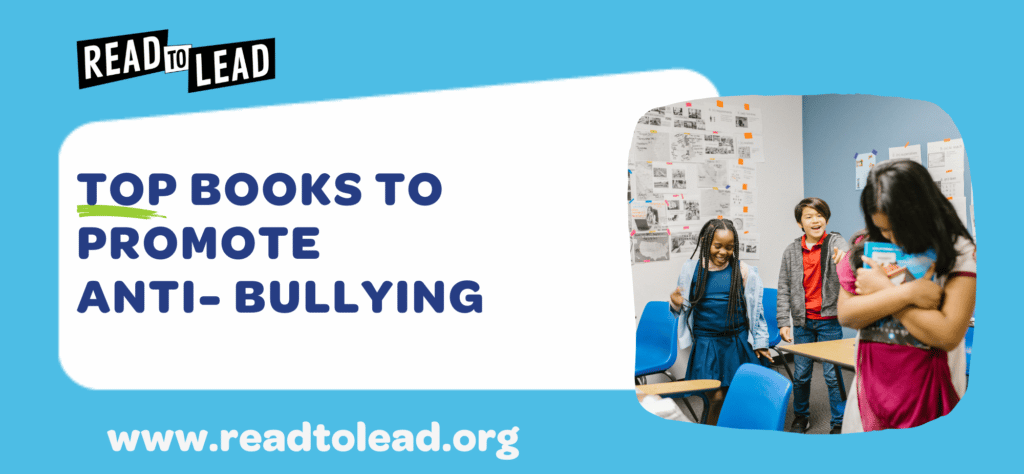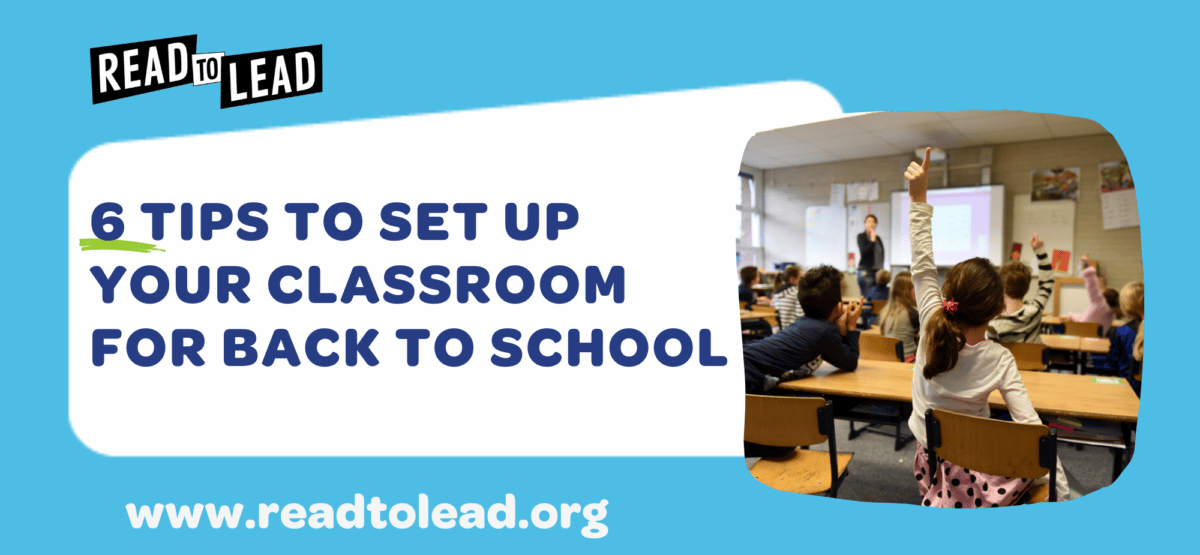
New year, new classroom! There’s nothing quite like having a “blank slate” classroom to set up, and how your classroom is organized sets the tone for the rest of the year.
In fact, a well thought out classroom can positively impact student behavior, engagement and productivity, as well as make it easier to manage your classroom. Here are our top six tips to set up your classroom for the upcoming year.
1. Form Follows Functionality
The top priority when it comes to setting up your classroom should be function. Having a beautiful classroom is great, but if it doesn’t lend itself to helping your students learn and achieve their goals, it defeats its purpose. When planning the setup of your classroom, ask yourself:
– What purpose does your classroom serve?
– What are the daily routines you have in mind?
– What is your usual workflow?
– How do you want your students to interact with the space?
Keeping these questions in mind will help you visualize your ideal classroom and the must-haves to create the best learning space for you and your students.
2. Spaces and Seats
Every teacher has a limited amount of space in their classroom, and it is in everybody’s best interest to maximize that square footage. Do you prefer tables or desks? Should they be arranged in traditional rows, groups or even horseshoe shaped or more unconventional layouts?
Having a variety of seating arrangements within the same classroom is also an option. Dr. Bob Dillon recommends creating spaces with different purposes (creating, collaboration, quiet time etc.) to make them more learner-friendly and welcoming. Flexible classrooms are also becoming more and more popular in terms of empowering students, increasing engagement and participation.
3. Think Visuals
Having a colorful room is great for lifting spirits and adding cheer, but did you know that too many colors that are too bright or vivid can actually be distracting and visually-overwhelming?
When setting up your classroom, pay careful attention to colors, and avoid “dressing up” your walls with too much. While it is easy to get carried away with putting up posters, a word wall, and other fun decor, remember to leave some room to showcase student work as well.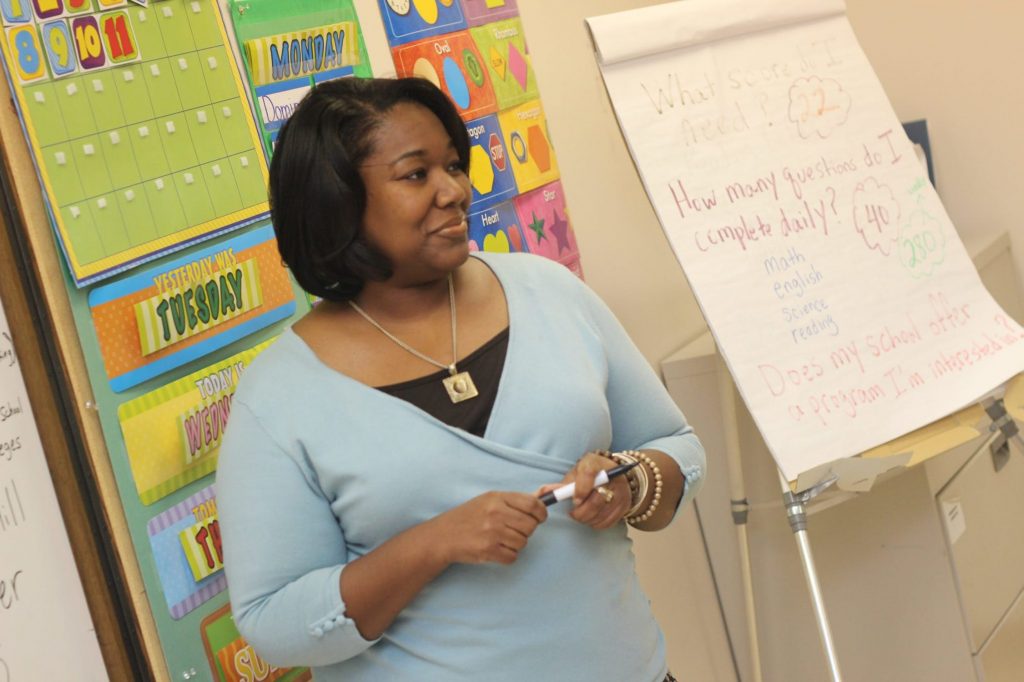
4. Don’t Just Add, Subtract
As you go about setting up your class for the next year, keep in mind that it’s not just about filling every bit of available space. Having too many things going on in a classroom can create visual overwhelm in students, leaving them unable to engage intellectually. Coco Chanel’s advice when it comes to accessorizing can apply to your classroom – when you feel your room is “ready”, go in and take (at least) one thing out. Sometimes, less is more.
5. Consider Digital
Technology is an important part of the modern classroom. Considering how and when you will use digital resources can help integrate these tools more effectively and seamlessly into your classroom. Do you have a set of desktop computers for students to use in turn or tablets that students can use at their seats? Being mindful of when and where students will be on their devices can help improve student participation and engagement, even as they enjoy learning through fun apps and games like Read to Lead®, Prodigy and Kahoot!
6. Be Open to Change
At the end of the day, the most important part of your classroom is your students. It is as much their space, as it is yours. When school is back in session, be sure to ask them for their feedback about what is working and what could be improved. You may be surprised by some of their responses, but don’t be afraid to make changes and adapt as you go along.
Allowing students to share their feedback and implementing their suggestions gives them a sense of ownership of the space, and also increases their engagement in learning within the space. By working alongside your students, you’ll be able to create the perfect learning environment for your students to thrive.
About Read to Lead
Read to Lead uses the power of game-based learning to empower middle school students to build literacy, life, and career skills. Teachers can sign up for a free account to get started!
